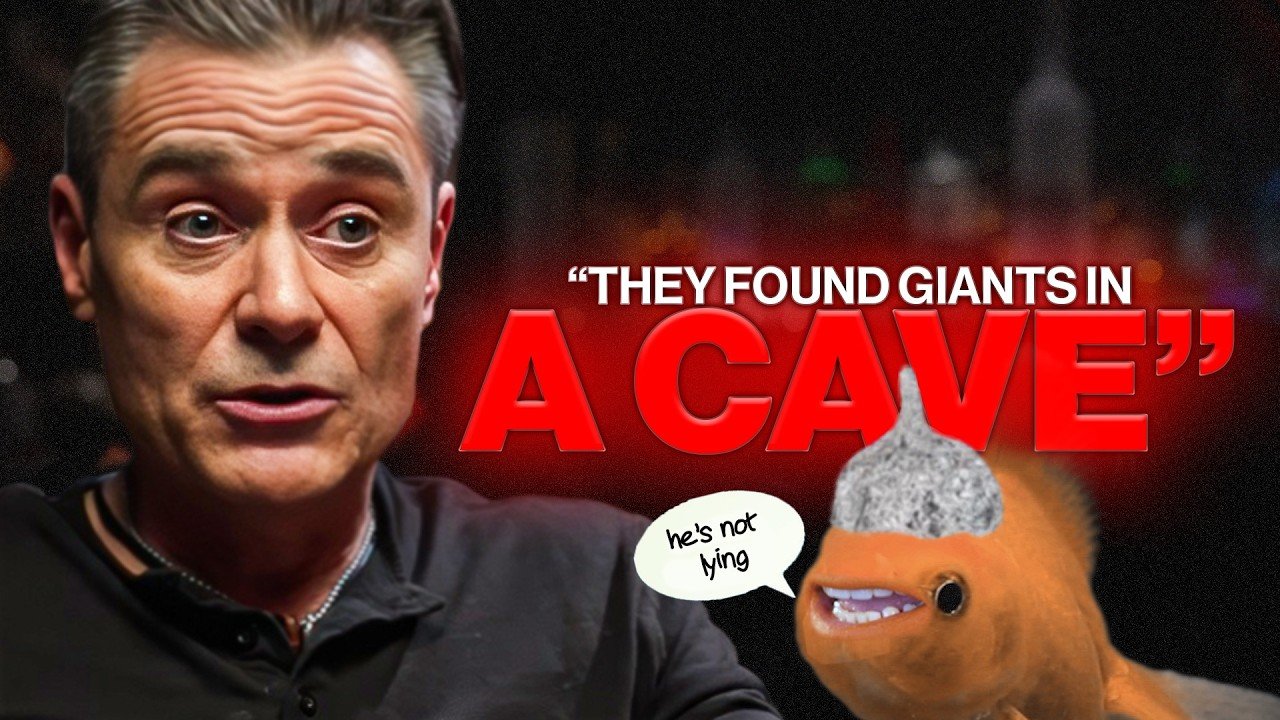The Genesis of Suspicion
The origins of this media conspiracy theory can be traced back to the increasing dominance of a few major media conglomerates. As Professor Smith, a prominent media analyst, points out, “The consolidation of media ownership has raised concerns about the diversity of voices and perspectives in the media landscape.” Indeed, the fact that a handful of corporations control a significant portion of the media outlets raises questions about the independence and objectivity of the information being disseminated.
Media Manipulation and Control

One of the central tenets of this conspiracy theory is the idea that these media giants have the power to manipulate information to serve their own interests. Dr. Johnson, a leading media historian, highlights the historical precedence of media manipulation: “Throughout history, we have seen examples of media being used as a tool for propaganda and manipulation.” This historical context underscores the plausibility of such allegations in today’s digital era.
The Role of Algorithms and Echo Chambers
In today’s vibrant digital landscape, algorithms play a crucial role in shaping the content that users see. Dr. Lee, a data scientist specializing in media algorithms, explains, “Algorithms are designed to prioritize content based on user engagement, creating echo chambers where individuals are exposed to information that reinforces their existing beliefs.” This phenomenon raises concerns about the potential for media manipulation through algorithmic control.
The Influence of Advertisers and Stakeholders
Another facet of this conspiracy theory revolves around the influence of advertisers and stakeholders on media content. Professor Martinez, a media ethics expert, notes, “Advertisers and stakeholders often have significant influence over media outlets, potentially shaping the narratives and messages that are disseminated to the public.” This influence raises questions about the integrity and objectivity of media reporting.
The Impact on Public Perception
The implications of this media conspiracy theory are far-reaching, potentially influencing public perception and shaping societal discourse. Dr. White, a communication psychologist, points out, “When the media is perceived as untrustworthy or biased, it can erode public trust in institutions and contribute to the polarization of society.” This erosion of trust underscores the importance of critically evaluating the information presented by the media.
Unraveling the Layers of Deception
As we peel back the layers of this giant media conspiracy theory, it becomes evident that there are complex dynamics at play within the media landscape. The intertwining influences of ownership, manipulation, algorithms, advertisers, and stakeholders create a tapestry of potential biases and agendas that may impact the information we receive.
Wrapping Up
In the labyrinth of media influence and control, it is essential to approach information with a critical eye and a discerning mind. While conspiracy theories may capture our attention, it is crucial to separate fact from fiction and engage with media content thoughtfully. As we navigate the hustle and bustle of the media landscape, let us remain vigilant in our quest for truth and transparency. Stay tuned for Part 2 of this investigative series as we continue to unravel the enigma of the giant media conspiracy theory.
